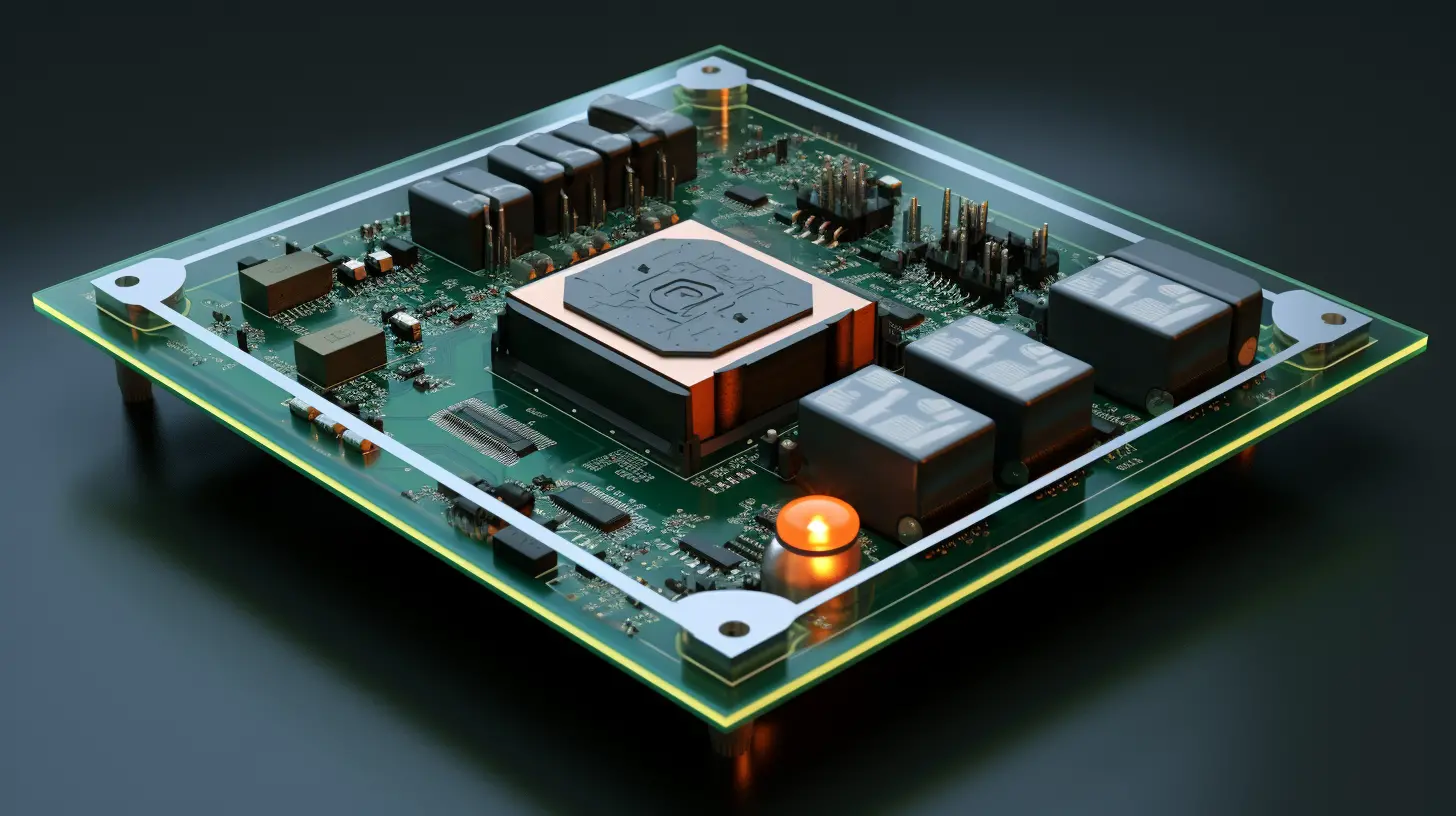In the rapid development of automotive electronics, it is particularly important to choose the right PCB (printed circuit board) material. With the progress of intelligent and high-performance automobiles, the PCB material selection guide also needs to keep pace with the times.
Automotive electronics has very high requirements for the material properties of PCB, including temperature resistance, corrosion resistance, insulation, etc. When choosing a board, you might as well think about it: Can we make the circuit board like a "safety airbag" for the car owner to protect him?
When a car is running, especially in high-performance mode or under heavy load, heat tends to accumulate. Therefore, choosing a PCB with good thermal management performance will be the key to ensure the normal operation of electronic components. Just like car owners need to check the oil level regularly, we also need to pay attention to the temperature control of the circuit board.
The electronic system of the vehicle works in a harsh environment all year round, and the reliability of the PCB must be rigorously tested to ensure that it will not fail under various climatic conditions and vehicle operating conditions. Imagine that if the circuit board is like a "pre-drive check", then its operation is the basis for ensuring safety and stability.
Finally, although high-performance PCB is the first choice, cost control cannot be ignored. While meeting the functions, we should strive to achieve the best cost-performance ratio to lay the foundation for the success of the entire project. In other words, we all hope to do great things with little money!
In short, choosing the right automotive electronic PCB material requires weighing multiple factors to achieve the best balance between performance and cost. This is a process that is not only about technology, but also about safety.

